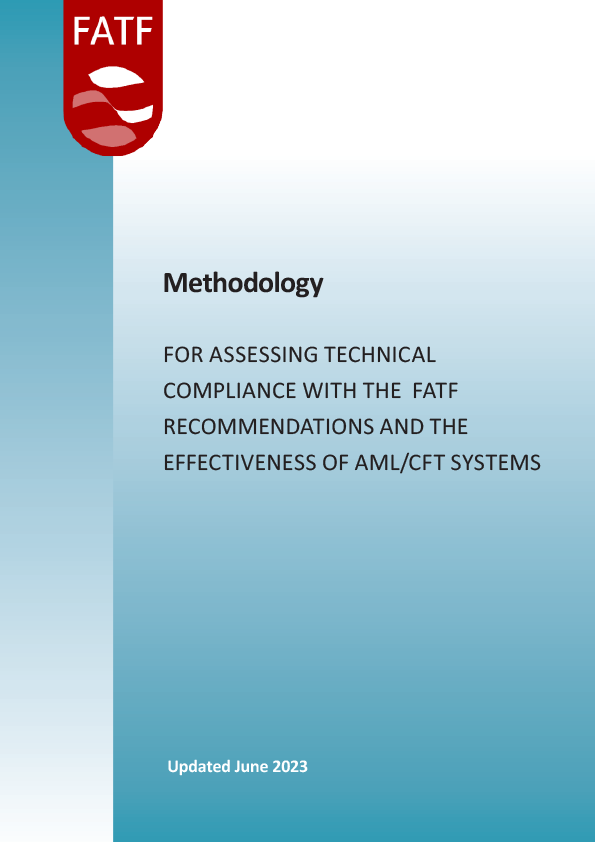Paris, 22 February 2013 - The Financial Action Task Force’s new Methodology for assessing technical compliance with the FATF Recommendations and the Effectiveness of AML/CFT systems sets out how the FATF will determine whether a country is sufficiently compliant with the 2012 FATF Standards [1] and whether its AML/CFT system is working effectively.
The FATF is the global standard-setter in the fight against money laundering, and the financing of terrorism and proliferation of weapons of mass destruction. Over the past twenty years the FATF has developed, used and refined rigorous compliance mechanisms to help ensure global compliance with its Standards. It assesses compliance through a stringent country evaluation and monitoring process. A new round of evaluations will begin in 2014.
The new Methodology will provide the basis for an integrated analysis of the extent to which a country is compliant with the FATF Standards and the level of effectiveness of its AML/CFT system.
Bjørn S. Aamo, President of the FATF, said
“The new Methodology adds a new dimension to the evaluation of countries compliance with FATF-standards. It remains as important as before that all countries implement the Recommendations of the FATF in their legal systems, however, the new Methodology lays the foundation for a systematic assessment of the effectiveness of national systems.”
“The future assessments will determine how well countries achieve the objective of fighting Money Laundering and Financing of Terrorism.”
The Methodology comprises two inter-linked components:
- The technical compliance assessment will address the specific requirements of each of the FATF Recommendations, principally as they relate to the relevant legal and institutional framework of the country, and the powers and procedures of competent authorities. These represent the fundamental building blocks of an AML/CFT system.
The level of compliance with each Recommendation will be indicated with one of the following ratings: compliant, largely compliant, partially compliant or non-compliant.
- The effectiveness assessment will assess the extent to which a country achieves a defined set of outcomes that are central to a robust AML/CFT system and will analyse the extent to which a country’s legal and institutional framework is producing the expected results.
How effectively each of the Immediate Outcomes in the Methodology is achieved by a country will be set out in the evaluation report and will include one of the following ratings: high-level of effectiveness, substantial level of effectiveness, moderate level of effectiveness and low level of effectiveness.
The Methodology will be used by the FATF, the FATF-Style Regional Bodies (FSRBs) and other assessment bodies such as the IMF and the World Bank.
[1] The FATF Standards are comprised of the , their Interpretive Notes and applicable definitions from the Glossary.


 Twitter
Twitter
 Facebook
Facebook
 Instagram
Instagram
 Linkedin
Linkedin
